Looking for Facundo Martínez in Valencia
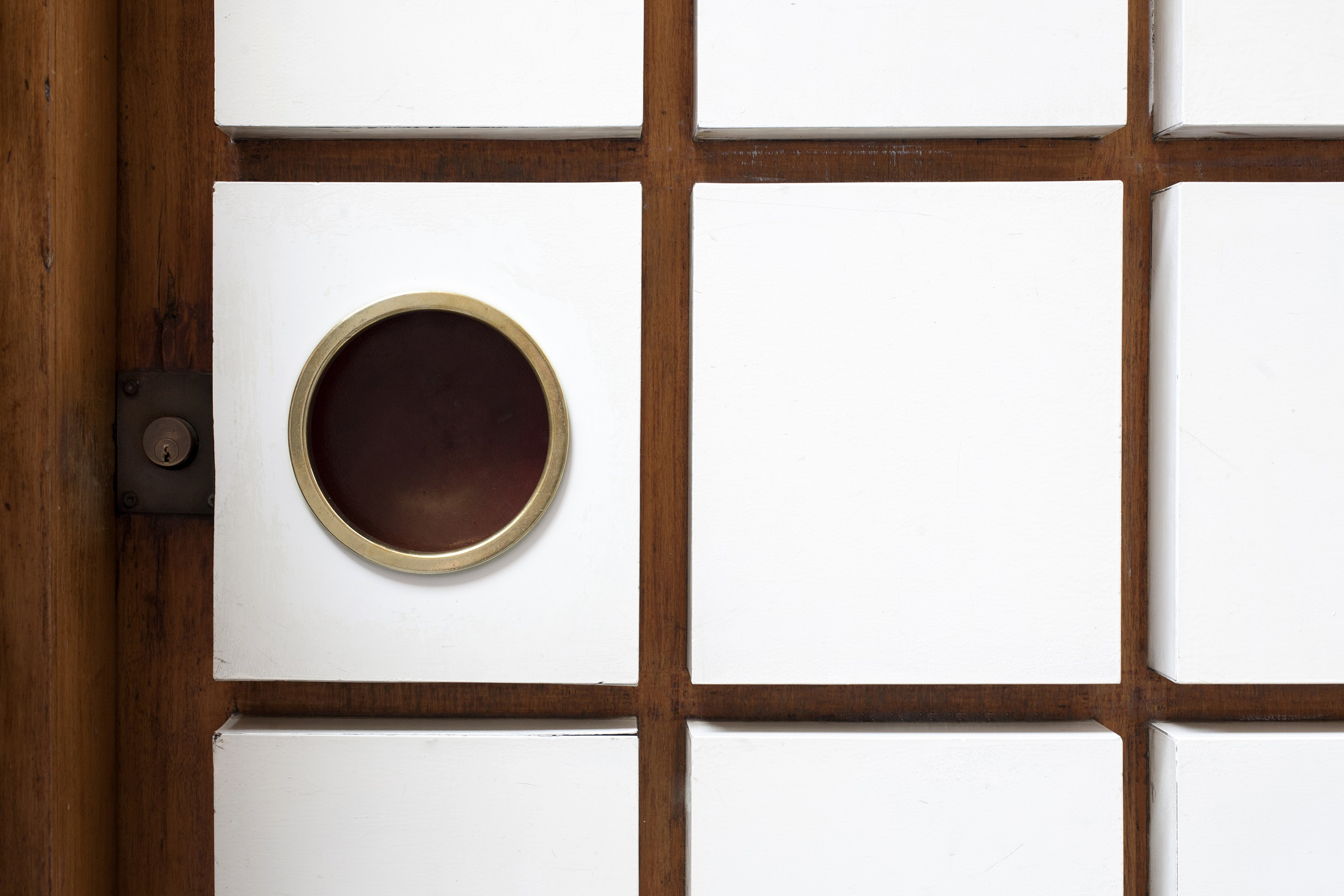
Armando takes care of an unknown piece of jewelry in the Spanish city of Valencia. For more than 30 years he has been greeting everyone who passes by the table of his front desk. The building that he takes care of has survived the modernizing eagerness and its decoration barely differs from its original design, conceived in 1967. With the emotion of having discovered and witnessing an original piece scarcely changed, we ask Armando if many people come to visit it. “Yes, at the beginning, when I started working here, a man who claimed that he had worked with the decorator came by; then some architecture students; years ago a professor who was doing a project about the architect also came by; and, now, you”, he answers, not quite surprised.
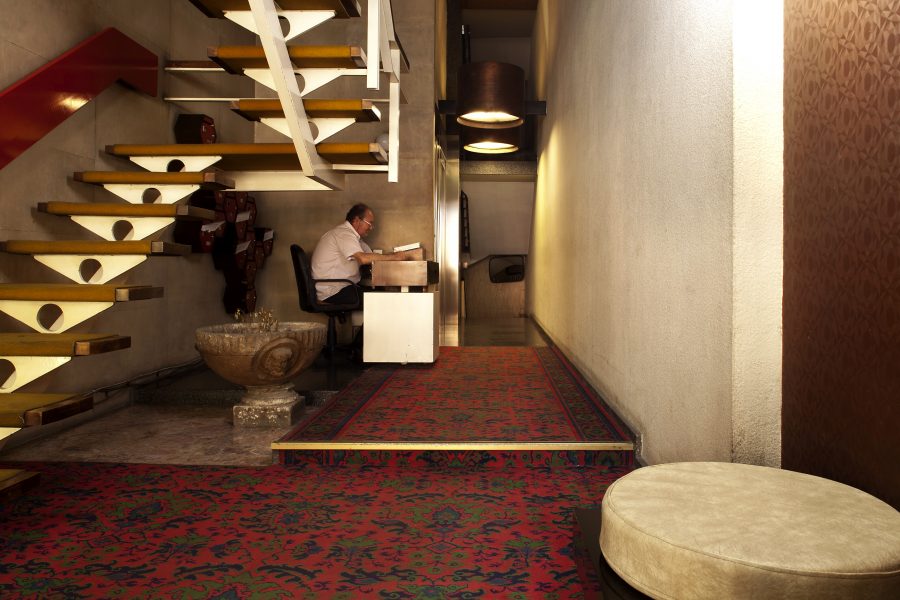
Armando´s front desk. Copyright: Sorbaioli/Villalba/Piera.
The architect, named by the doorman as Facundo Martínez, passed away in 2005 at the age of 69 and was actually a builder and developer. His company was Construcciones Facundo Martínez, as shown in the hallways’ iron forged letters at the vast majority of the approximately twenty buildings he created during his life in Valencia. The majority were thought as housing blocks at the height of Developmentalism, between the late 50s and the mid 70s.
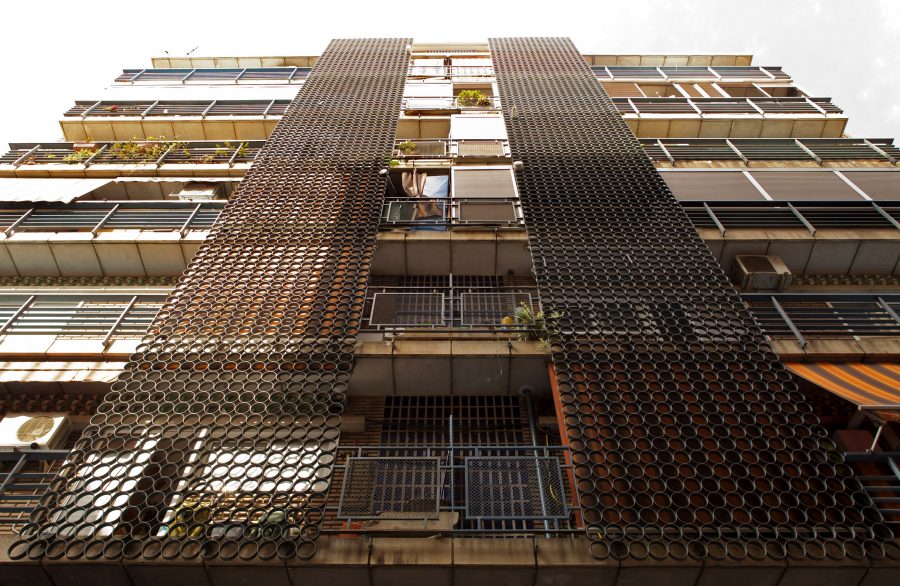
Main façade, with its original metallic rings. Copyright: Sorbaioli/Villalba/Piera.
Even though Facundo Martínez’s work is not very well-known, he imported European design that he learnt about through foreign magazines and added it to his buildings, giving them a decorative quality uncommon in contemporary housing. As a builder he surrounded himself with architects, building engineers, decorators and excellent local craftsmen, who were able to carry out his intentions with an extraordinary structural quality. The lack of recognition might be due to the fact that his contributions were only ornamental, without reaching into the more special aspects of architecture. He experimented tirelessly with the use of materials and developed an eclectic and very recognizable language: if you have seen one of Facundo’s buildings, it will be very easy for you to identify the rest. He had the unfortunate fate of carrying out his work in an age whose architecture is nowadays commonly dismissed. The buildings do not easily integrate with the existing urban pattern.
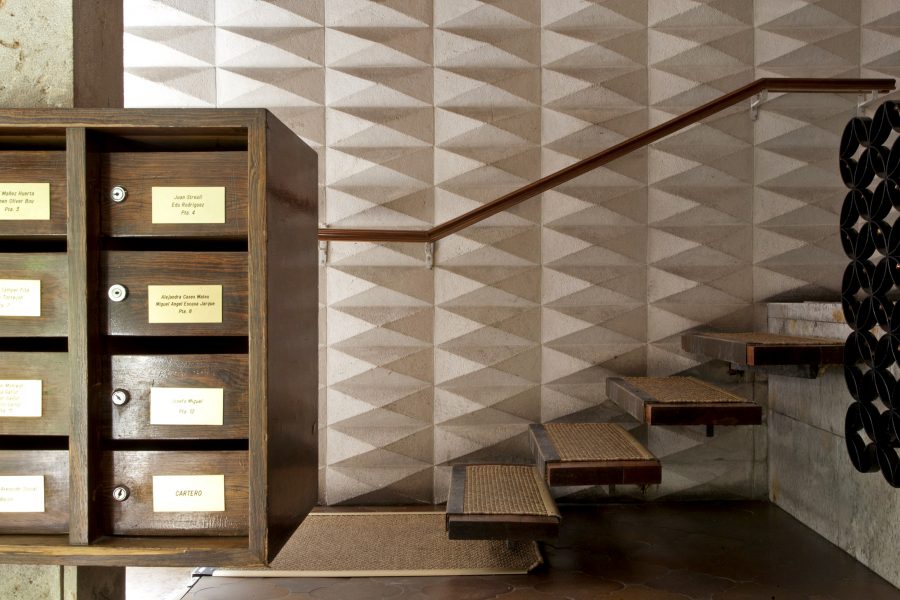
Entrance hall. Copyright: Sorbaioli/Villalba/Piera
We invite you to visit the work of this unknown professional, to feel the pleasure of discovering a peculiar architectural style and contribute to the value of his interesting legacy. By doing this, we can all avoid the disappearance of some of the little jewels that are hidden in our city.
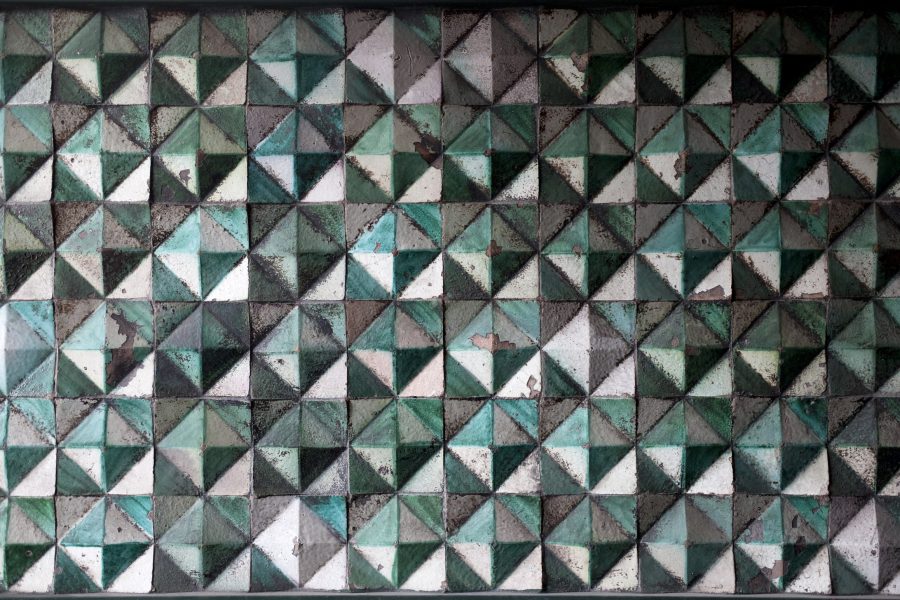
Ceramic works in the same Valencian building. Copyright: Sorbaioli/Villalba/Piera.
Text by: Boris Strzelczyk, architect in Guiding Architects Valencia
Top Image: Door detail at Facundo Martínez’s building. Copyright: Sorbaioli/Villalba/Piera.
More information: https://www.witpress.com/Secure/elibrary/papers/STR11/STR11021FU1.pdf






No Comments